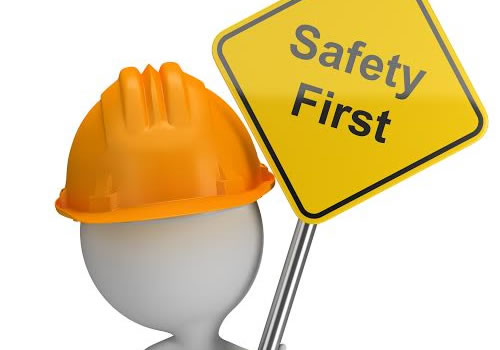Driving safely means more than keeping your hands on the wheel and your eyes on the road. It also means keeping your focus on your environment so that you give yourself the best possible chance of anticipating hazards and reacting to events you cannot anticipate.
This means staying awake at all times, literally and figuratively. The team at Nottingham Driving School share some tips on how to do so.
Only drive when you have had enough sleep
This tip is both self-evident and for some people (especially parents of young babies) an obvious case of “easier said than done” but it is still arguably the single, most important precaution against driver fatigue.
If you are tired before you start the car then you will be fighting against fatigue throughout the whole of your journey and you may lose. Even if you do not actually fall asleep, your concentration is bound to be impaired and this can have disastrous consequences, especially if you need to react quickly.
Be careful about driving when on medication
If you’re on medication, check the packaging carefully to see if it is likely to make you feel sleepy.
Avoid driving when you are under the weather
Fighting off an illness, even a minor one like a cold, can really be tough on your body. That’s why the best prescription is often rest. When you’re under the weather, it can be dangerously easy for fatigue to creep up on you without you noticing – until it’s too late.
Try to avoid driving after meals, at least heavy meals
If you eat heavy food, your body has to work to digest it and your natural inclination will be to take a rest while it does so. The heavier the food, the more rest you will need and the more you will want to sleep.
Alcohol can also be dangerous to your concentration, even if you’re technically under the legal limit. If you’re in a situation where alcohol is flowing but you know you’re going to need to drive, then just say so or, at the very least, stick to drinks with relatively low alcohol and a lot of liquid (like beer or spritzers).
Keep the window down as much as possible
Given the Great British weather, you may need to keep the window up most of the time for your comfort and safety, but if you can roll it down, even a bit, then the fresh air can do a lot to keep you awake.
Use refreshing scents like citrus and menthol
Citrus and menthol scents really do stimulate the mind, at least for short periods, after a while either the scent fades or the body tunes it out (or a combination of both), but spraying either or both of them from time to time can be enough to get your brain (back) in gear.
Plan your trip to allow for regular breaks and use them wisely
There are two ways you can use a break in a long trip. The first is to get active. Physically get out of your car (assuming it is safe to do so), at least roll down the window to get some fresh air (if you possibly can) and in either case do some stretches. The second is to have a short sleep.
